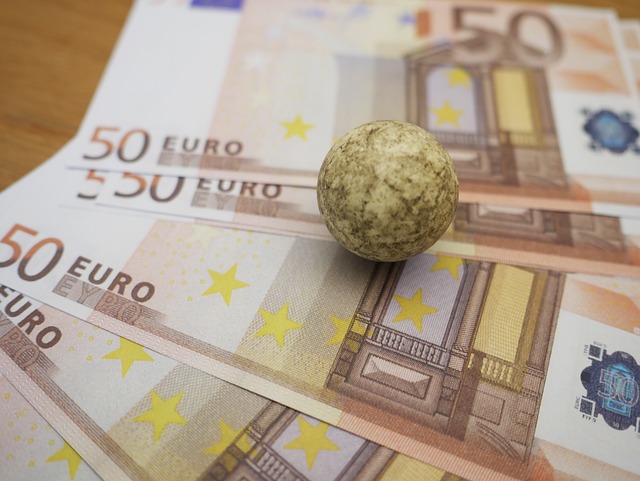Long-term success in sports betting
If you ask a layperson what comes to mind when it comes to sports betting, you will usually hear things like “gambling” and “that’s no use”. If you ask someone who has already dealt with the topic a little more, then “money management” and “value” are thrown into the room. This information brings you just as much as the information “traffic jam ahead”. All without a doubt important factors, but personally I still lack a stable framework to work with.
So everyone should first be clear about what they want to achieve with sports betting. Clearly, a target analysis is needed here. Together with the available capital, it should now be clarified whether the goal is realistic at all. For example, a simple way is to divide the desired monthly profit by 30 days. So you can see what you would have to win on average per day to reach your goal.
Now let’s go down the success pyramid (profit per month or long-term betting success). After all, we have to find out on which foundation our success should later be built.
This should be a pyramid:
1 2 3 4 5 6 7
- Long term succes
- Profit maximization
- Loss minimization
- profit increase
- cost reduction
- avoid scatter
- increase probability
Here you can see how I imagine the pyramid. Of course, there is a lot that overlaps when it comes to betting and it is not possible to define it directly. But as a rough overview it should suffice.
2.4. Profit maximization through higher individual profit

At first it sounds silly to say that you win more if you bet more money. However, this is precisely where the “rubbing rub” lies. Let’s say you want to win 900 euros a month. Calculated down to one day, that would be a profit of 30 euros per day. In the best case, that would be 30 correct bets per month. Of course, you don’t find a good bet every day and it’s also clear that you can’t have every bet right.
Wouldn’t it be better to reduce your number of bets from 30 to a “good” 10 per month? I guess so! The capital should be adjusted depending on the risk level. Some “experts” will probably shake their heads by now, but I tell you quality must replace quantity.
2.5 Maximizing Profits by Reducing Costs
The section is easy to explain. Avoid frustration bets! In the long term, you lack the money to compensate for lost bets. I even advise against hedging. Example: You bet on a Team X win rate of 2.0. After the relatively quick 2:0, the bet is as good as won and the odds drop to around 1.2. You hedge and can no longer lose anything and make a profit of 80 with a bet of 100. There is almost nothing to be said against it, but you steal 20% profit from your tip. The next bet, also with odds of 2 and a stake of 100 euros, goes haywire. The bottom line is that you won 80 and now you’ve lost 100. Makes a minus of 20 euros. Without hedging, plus/minus zero would be recorded. Even profits that are not taken can end up being losses.
3.6 Loss minimization: Avoid scattering
Specialize in certain odds areas. In order to keep an eye on the profit ratio between the balance sheet and the odds, it is better if you concentrate on one odds range, e.g. only bets between 1.8 and 2.2. Give the odds a chance to live up to their probability. Apart from that, it is difficult to adjust to different odds again and again. If you only bet on a goal, your analysis will become more and more vague over time, since you are quite often right (even without analysis). If you then try your hand at 3-way bets again, you won’t win a flowerpot with the wishy-washy analyses.
3.7 Loss Minimization: Increasing the Probability

3.6. and 3.7 have a lot to do with each other. It should be clear to everyone that odds of 1.1 are correct more often than 4.0. In my opinion, both are not suitable for betting. The odds indicate the probability of occurrence and in the long run (at fair odds) you should be pretty close to plus/minus zero. It is up to everyone to make a profit out of it. Betting is a calculable risk, but it remains a risk and therefore you do not have 10 1.1 bets correctly and only then does the wrong game come about. You don’t have 3 odds of 4 wrong and every 4th bet happens to be right.
Especially with these two extremes, the win-loss ratio can be fatal. Therefore, “increasing the probability” is not the same as “decreasing the odds”. You have to find a healthy middle ground. Odds from 1.35 can be played. 3 right to wrong is manageable. If you have wrong odds for 4-5 games in a row, you should question yourself.
